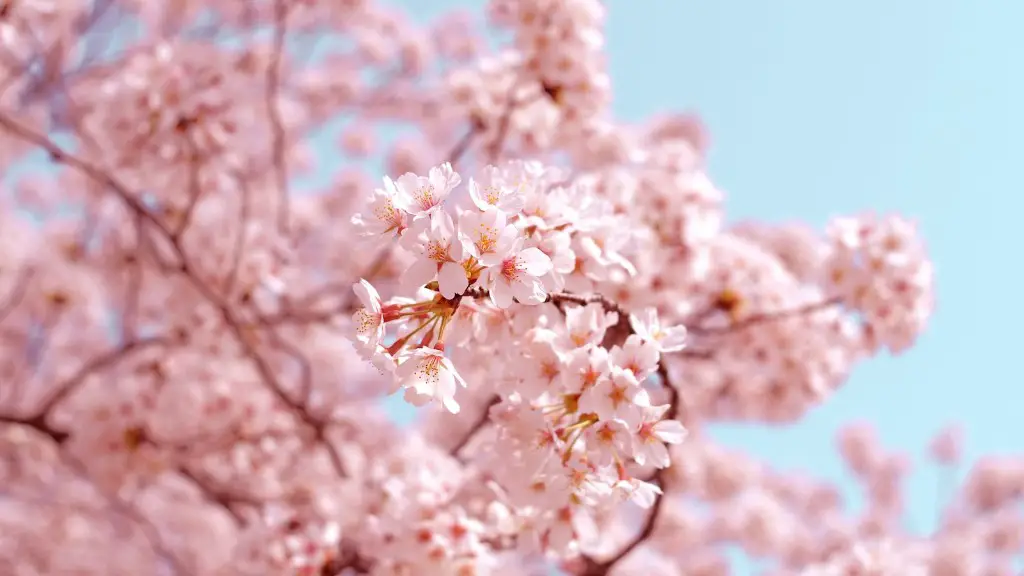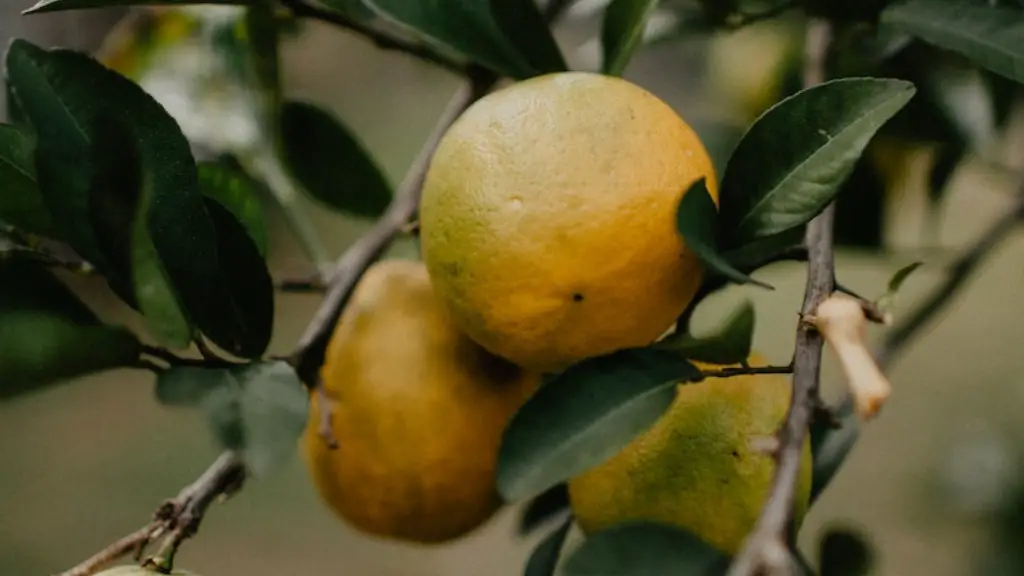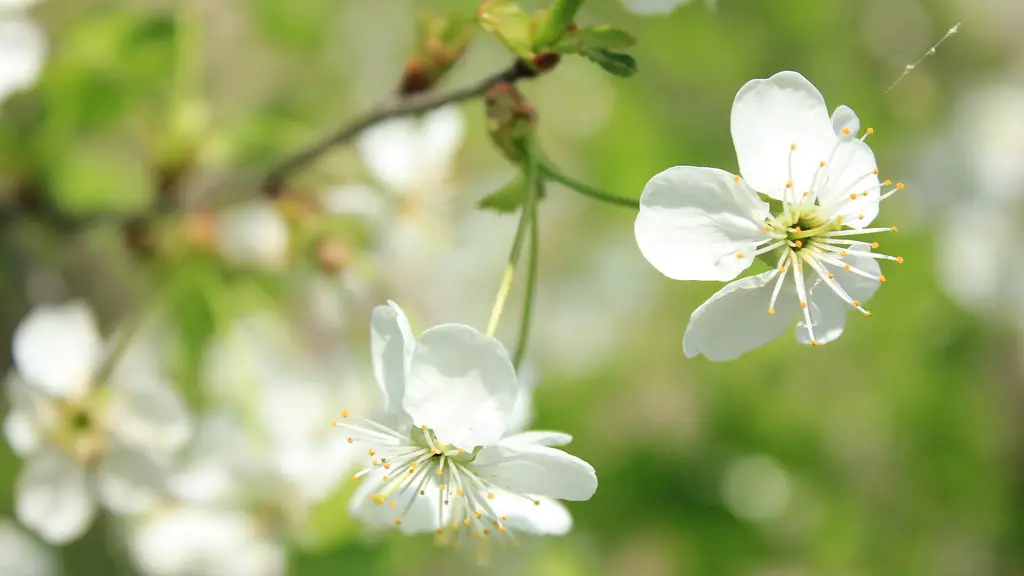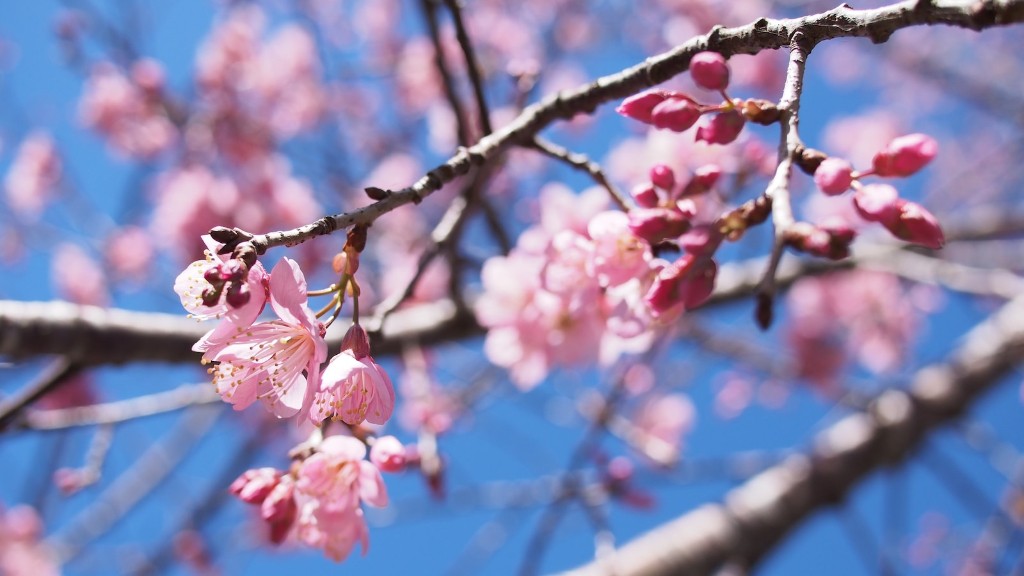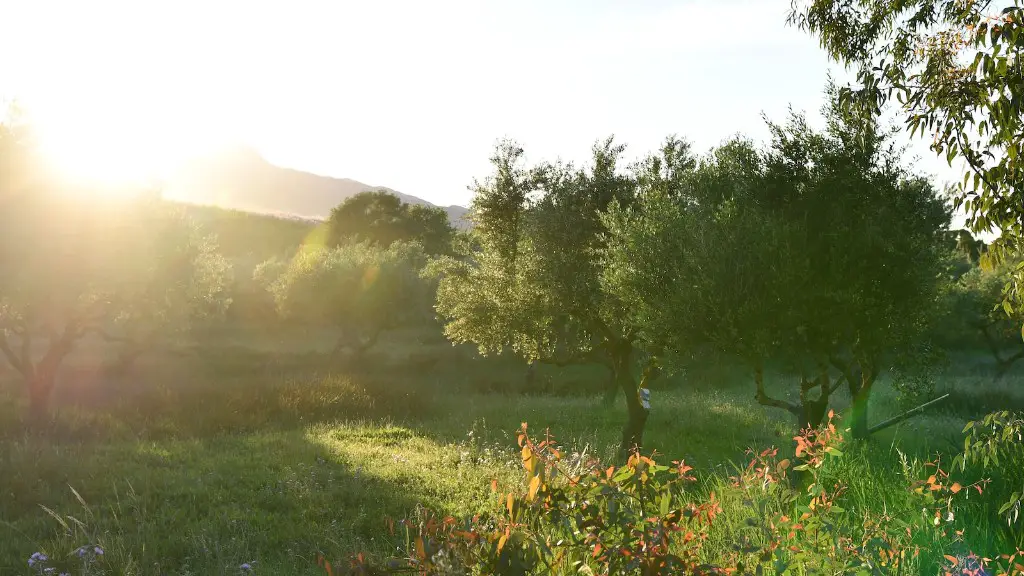Pruning is one of the most important aspects of Yoshino cherry tree care and maintenance. Not only it helps to maintain the health and structural strength of the tree, but it also improves its aesthetic value. With the right pruning technique, you can shape and groom your Yoshino cherry tree and make it stand out in your backyard.
When and how to prune Yoshino cherry tree is a question many homeowners ask and for good reason. Pruning at the wrong time can cause damage or even kill the tree. Understanding the correct timing for pruning is key for the health and beauty of your Yoshino cherry tree.
When it comes to pruning Yoshino cherry tree, the best time to prune the tree is in late winter or early spring. During this time, the tree is dormant and the pruning process is unlikely to cause severe damage to the tree. When pruning in late winter or early spring, take care to avoid cutting off branches that have any mature flowers or fruits left.
It’s also important to keep in mind that the purpose of pruning is to create an attractive tree structure and remove excess growth. Avoid cutting too much foliage as it can damage and weaken the tree, leading to potential loss of the tree.
Also, when pruning Yoshino cherry tree, it is important to avoid pruning too close to the trunk. Make sure to leave some healthy branches on the trunk and do not create a “lollypop” shape as it will not help promote healthy and vigorous growth.
It’s also important to use the correct pruning tools. Pruning shears should be used for removing thin branches and a handsaw should be used for thicker branches. For large cuts, it is best to use a saw or a hatchet to avoid damaging the bark of the tree.
Using the correct pruning techniques is essential for a healthy and robust Yoshino cherry tree. With a few simple techniques and some patience, you can prune your Yoshino cherry tree and help it develop into a beautiful and strong tree.
Soil preparation
Soil preparation is a vital part of Yoshino cherry tree care and should be undertaken prior to planting. It is important to choose a well-drained soil for Yoshino cherry trees, as they do not prefer soggy conditions. If the soil is compacted, it is necessary to aerate the soil with a garden fork or tiller to allow for root penetration and water movement. Adding organic matter such as compost or aged manure also helps to enrich the soil and improve drainage.
It is best to fertilize the soil prior to planting the Yoshino cherry tree. Avoid putting the fertilizer directly near the roots as too much of it can burn the roots. A balanced 10-10-10 NPK fertilizer can be used to feed newly planted Yoshino cherry trees. Fertilizing should be done every 6-8 weeks until the tree is two years old, and then it should be done once or twice a year after that.
Finally, make sure to give your Yoshino cherry tree about 2 inches of water a week for the first year after planting. After that, make sure to water your tree every 3-4 weeks during dry periods.
Mulching
Mulching is another important part of Yoshino cherry tree care. It helps to retain moisture in the soil, keep weeds at bay and prevent soil erosion. Organic mulch such as wood chips, shredded bark, straw or compost should be applied around the base of the tree to a depth of 3 to 4 inches. Make sure to rake aside the mulch at the beginning of the growing season to allow for adequate air circulation.
In addition to mulching, mulch can also be used to create barriers to keep animals such as rabbits and deer away from the tree. This can be done by creating a “fence” of mulch around the tree.
Mulching is a great way to protect your Yoshino cherry tree and help it to thrive and stay healthy.
Pests and Diseases
Unfortunately, Yoshino cherry trees are susceptible to various pests and diseases. Common pests and diseases include the following: powdery mildew, leaf spot and caterpillars. It is important to monitor the tree for any signs of pests or disease and take action if necessary.
To prevent pests and diseases from affecting your Yoshino cherry tree, make sure to keep the area around the tree free of weeds and debris that can harbor pests and diseases. Mulching can also help to reduce weeds. Additionally, it is important to check your tree regularly for any signs of pests or diseases.
If you do notice any signs of pests or diseases, it is best to consult an arborist or local garden center for advice on how to best address the issue.
Maintenance
Proper maintenance and care are essential for a healthy and long-lasting Yoshino cherry tree. Make sure to water the tree regularly during the first year after planting, especially during the dry periods. After the first year, water the tree every 3-4 weeks during dry periods.
Fertilize your Yoshino cherry tree every 6-8 weeks with a balanced 10-10-10 NPK fertilizer. For large shrubs and trees, it is best to use slow-release fertilizer to avoid burning the roots.
Mulching is also important for preventing weeds and retaining moisture in the soil. Additionally, it helps to protect the Yoshino cherry tree from rabbits and other animals.
Finally, it is essential to regularly monitor the tree for any signs of pests or diseases. If the tree does show any signs of pests and diseases, consult an arborist or local garden center for advice on how to address the issue.
Pruning
Pruning is important for creating a healthy and attractive Yoshino cherry tree. The best time to prune is in late winter or early spring when the tree is dormant. When pruning the tree, avoid cutting too much foliage or cutting closer to the trunk.
When pruning branches, make sure to use the correct pruning tools. Shears should be used for thin branches and saws should be used for larger branches. It is best to avoid using a hatchet as it can cause damage to the bark of the tree.
Finally, do not forget to dispose of the pruned branches and leaves properly. Disposing of them properly will help to prevent further pests and diseases from affecting the tree.
Aesthetic Value
The Yoshino cherry tree has great aesthetic value and can be a stunning addition to your landscape. With the right pruning technique, you can shape the Yoshino cherry tree into an attractive and well-structured tree.
These trees also provide great shade and privacy. The pink blossoms of the Yoshino cherry tree also make for a beautiful accent in any garden or yard.
The Yoshino cherry tree is also a great option for people looking for a flowering tree but do not want to invest in a full-size tree. Unlike other trees, the Yoshino cherry tree is small, compact and perfect for any sized garden.
Finally, the Yoshino cherry tree is a hardy tree and can tolerate cold temperatures and various soil conditions. This makes it a great option for anyone looking for a long-lasting quality tree.
